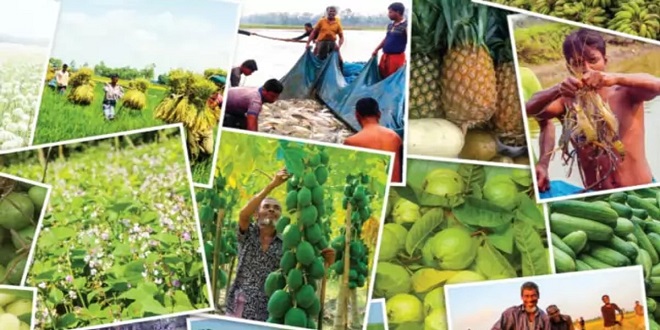Food availability and natural resource use in a green economy context

Executive summary
In a green economy, agriculture will be characterized by activities that are increasingly low carbon, resource efficient and socially inclusive. In terms of food security, this raises questions as to the world’s capacity to ensure food availability in coming decades, in relation to growing uncertainty over climate change and increasing socio-economic pressure on natural resources.
Looking towards 2050, the issue of food availability is not confined only to balanced global supply and demand. Food availability also reflects overall resilience to both expected and unexpected environmental and macro-economic shocks, as well as equity within society and across regions.
Indeed, a number of studies reviewed herein suggest that, regardless of the specific socio-economic and technological settings analyzed whether business-as-usual development paths or green development paths – food production and its underlying socio-economic and natural resource base will continue to be able to meet projected global food demand, even though regional food availability problems will still exist
At the same time, in a world with natural and socio-economic resources becoming increasingly stressed, maintaining business-as-usual scenarios will result in production systems that are significantly less resilient to regional shocks and less socially equitable than greener development scenarios. This, in turn, will also result in more acute regional food insecurity.
Green scenarios contribute to virtuous cycles: by favouring a much more rational use of available resources, and focusing on respecting ecosystems and communities, green development will further reduce pressures in the future. To this end, this paper identifies specific technological options and funding mechanisms, including trade agreements and climate funding, which are consistent with the implementation of greener development paths in agriculture
Purpose and scope of this paper
The term “food security” encompasses four dimensions that cut across the supply chain: food availability, access to food, stability of food supply systems regarding availability and access, and food utilization. This paper addresses the food availability dimension of food security
Food availability is defined as adequate quantities of food of appropriate quality, supplied through domestic production or imports, including food aid. The green economy concept recognizes that an efficient, properly functioning economy is a precondition for addressing the environmental and social pillars of sustainability
In a green economy context, the food availability dimension is closely coupled with the availability and use of natural, human and economic resources, especially scarcity of natural resources. Coping with food and agricultural resource scarcities without reaching environmental limits presents a major challenge for the years to come. In addition, food availability also is closely coupled with food stability
Status of natural resources availability for food security
Since the onset of the industrial revolution, human activities have had an ever-growing impact on natural resources (Steffen et al., 2007). In recent decades, a tremendous intensification of these activities has taken place, threatening to alter the earth’s ecological functioning in a way harmful to many regions in the world In advance of the Copenhagen Climate Council in 2009, Rockström et al. (2009a) developed the concept of planet boundaries a framework that identifies the thresholds for indicators that monitor different earth system processes.
In other words, it establishes a safe operating space for humanity. Thus, in order to secure a safe scope of action in the future, humanity has to limit the impact of its activities, recognizing that crossing these planet boundaries may lead to abrupt changes in earth systems that can negatively affect ecosystems and impair the further development of humans.



